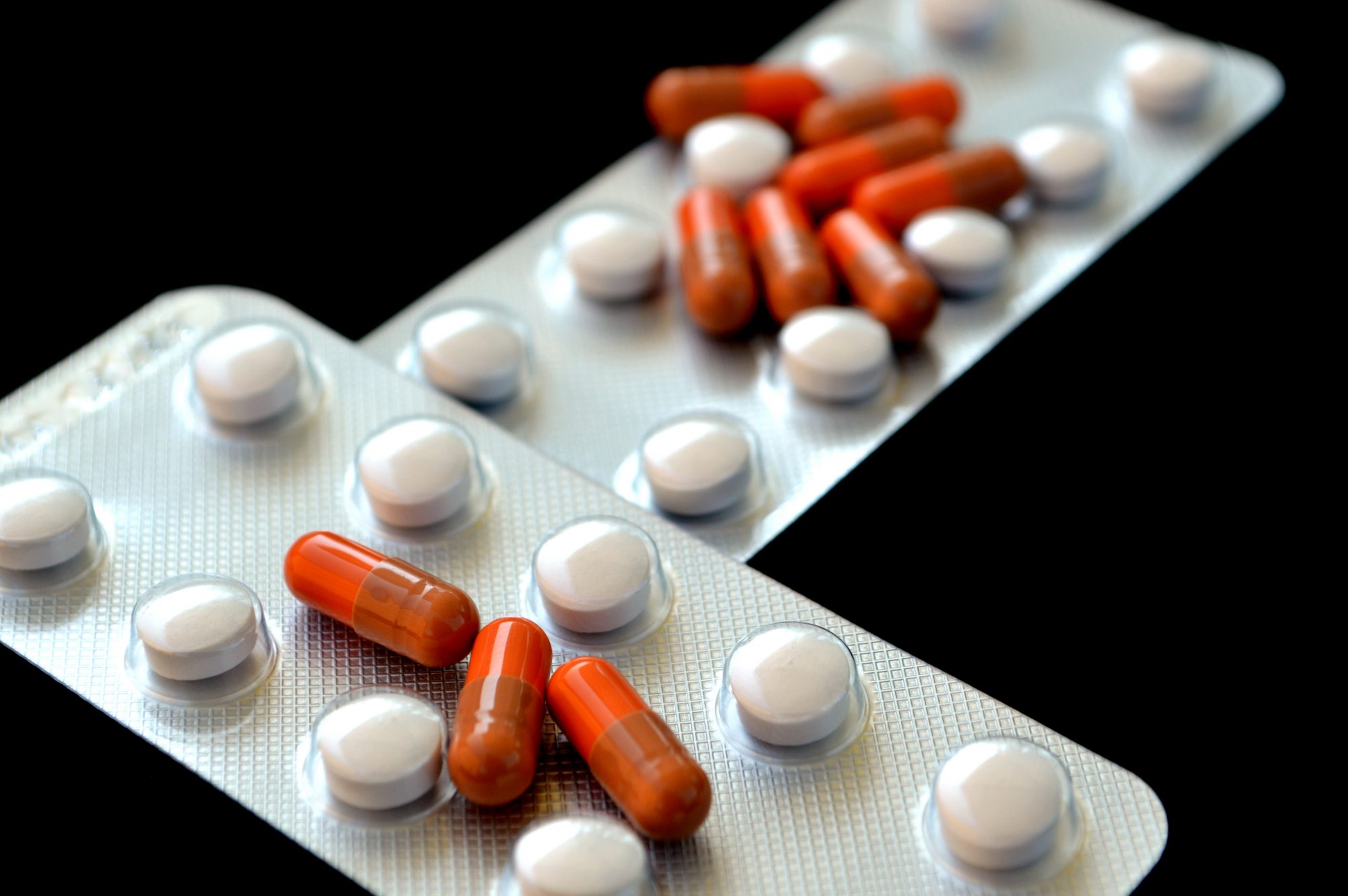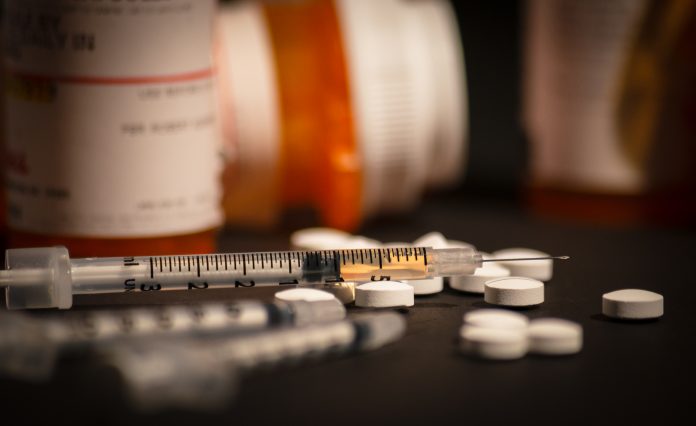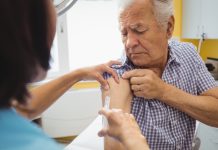Monica Racoviță, Senior Researcher at The Health Policy Partnership, argues that opioid dependence is a pressing issue, yet treatment for it is still out of reach for many
Opioid dependence is becoming an increasing concern worldwide, and especially in the United States (U.S.).
Opioids can be divided into two groups: naturally derived substances obtained from the poppy plant, like heroin, and synthetic compounds, like fentanyl. When consumed, their effects are euphoric, relaxing, and pain relieving, but they can also cause dizziness, confusion, constipation, nausea or slowed breathing. Health practitioners prescribe some opioids to treat chronic pain, but many are illegal, and all carry a risk of addiction.
Long-term consumption of opioids can lead to opioid use disorder, a chronic condition characterised by the inability to stop using opioids despite physiological harm or other negative consequences.
This is often known as opioid dependence. The disorder is associated with a poor quality of life and several other serious conditions, including blood-borne infectious diseases such as HIV and hepatitis B and C, as well as complex psychiatric problems. The numbers of those affected are staggering – in 2020, 2.7 million people in the U.S. were living with opioid use disorder and 1 million people in the European Union used opioids.
The WHO estimated that in 2019 alone, half a million people died worldwide due to illicit drug use, with opioids responsible for 70% of those deaths.
Rise in illicit use of synthetic opioids
Two particularly worrisome trends concerning opioids are the rise in the illicit use of synthetic opioids, particularly fentanyl, and the continuing high toll of addiction to opioid prescription medicines. Synthetic opioids display a wide variety of potency of the active compound, with some 10,000 times more powerful than morphine. In addition, they are easy and cheap to manufacture.
They can be sold on their own or come in the form of opioid mixtures; they are also added to other opioid or non-opioid drugs. Their high potency allows them to achieve the desired effect at very small doses, which makes them easy to hide and traffic but also difficult to identify in mixtures.
Perhaps unsurprisingly then, in the U.S., synthetic opioids dominate the illegal drug market and, in 2022, were responsible for over 82% of all opioid-related deaths from overdose. In the rest of the world, while not yet dominant, synthetic opioids are rising both in terms of their use and in the number of overdoses.
Addiction to opioid prescription medicines is a big problem in the U.S.
The second trend, addiction to opioid prescription medicines, is particularly an issue in the U.S., where it has been at epidemic levels since the 1990s. Between 1999 and 2020, there was a five-fold increase in overdose deaths due to prescription opioids, totalling 263,000 cases.
Rates of opioid prescriptions have been declining since 2012; however, in 2017, the Centers for Disease Control and Prevention reported that 17% of Americans had been prescribed at least one opioid, and the average number of prescriptions in this group was 3.4. In Europe, while the use of prescription opioids had slowly increased between 2004 and 2016, this is not yet considered a crisis on par with the one in the U.S.

Accessing comprehensive treatment can be challenging for those with opioid dependence
The medical community recommends a combination of pharmacological and psychosocial treatments to manage opioid addiction and prevent overdoses. Among the pharmacological options for treatment, substitution opioids can stabilise dependency and reduce the risk of death from overdose by as much as eight times.
However, for people with an opioid use disorder, accessing comprehensive treatment can be challenging. In Europe, only about half of the people with opioid use disorder have access to substitution drugs, and the situation is even direr in the U.S., where four out of five people with the disorder do not receive any type of treatment.
Looking at these numbers, access to more advanced models of care, such as integrated and personalised pharmacological and psychosocial treatments, seems out of reach for most people who need them.
The reasons for this lack of access to life-saving treatments are complex. Many are systemic, either social or related to the specific healthcare system. Among them, stigma is a powerful barrier. For example, people with opioid addiction can often be seen as criminals rather than individuals with a chronic condition needing treatment.
On the other hand, they have also reported feeling dehumanised, as some care settings do not have measures in place to ensure their privacy and dignity are protected.
Is public opinion on opioids shifting?
There are signs that public opinion is gradually beginning to shift. For example, a nationally representative survey of adults in the U.S. conducted in 2019-2020 found that, on average, respondents agreed that opioid dependence was a medical condition and supported the right of those affected to access treatment. Translating this growing public support into policies might take time, but it is time that people with opioid addiction do not have.











